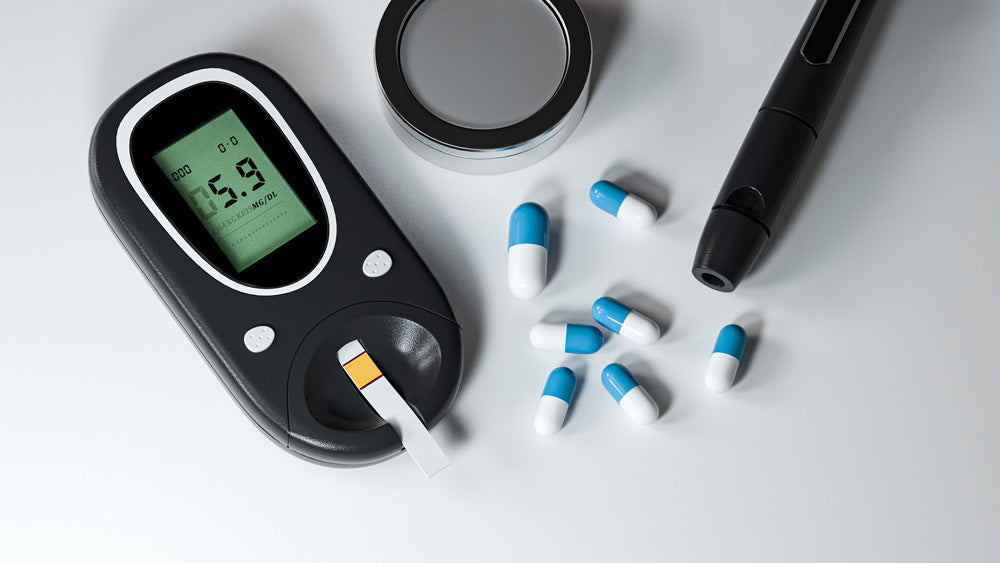Hypoglycemia is no less harmful than hyperglycemia. Sometimes it is even more dangerous. The onset is sudden and severe, seriously threatening the patient's life safety. So what are the common symptoms of hypoglycemia, and how to relieve them after an emergency?
Common symptoms of hypoglycemia
People with diabetes who take insulin or hypoglycemic drugs may develop hypoglycemia if they eat improperly or reduce the number of meals and exercise too much.
Hypoglycemia is not only harmful to the health of people with diabetes, but may also cause them to worry about overeating to avoid hypoglycemia, leading to weight gain. Therefore, people with diabetes should pay attention to learning about hypoglycemia and avoid risk factors that cause hypoglycemia. When symptoms of suspected hypoglycemia occur, you can respond in the following ways:
1. Testing: Since diabetic patients with low blood sugar may experience symptoms such as dizziness and weakness, blood sugar testing should be done first when suspected symptoms occur. If blood sugar cannot be measured, it should be treated as hypoglycemia.
2. Eating: If the blood sugar test is lower than 3.9mmol/L, eat 15 to 20 grams of sugary food immediately.
3. Review: Test again 15 minutes after eating. If the blood sugar is still low or the symptoms are not relieved, you need to go to the hospital for treatment.
Self-monitoring of blood sugar is an important measure for diabetes management. It can not only understand blood sugar levels in real time, but also detect hyperglycemia and hypoglycemia in a timely manner. Therefore, diabetics must prepare a simple and easy-to-use blood glucose meter at home to add a layer of health to themselves. Assure.

